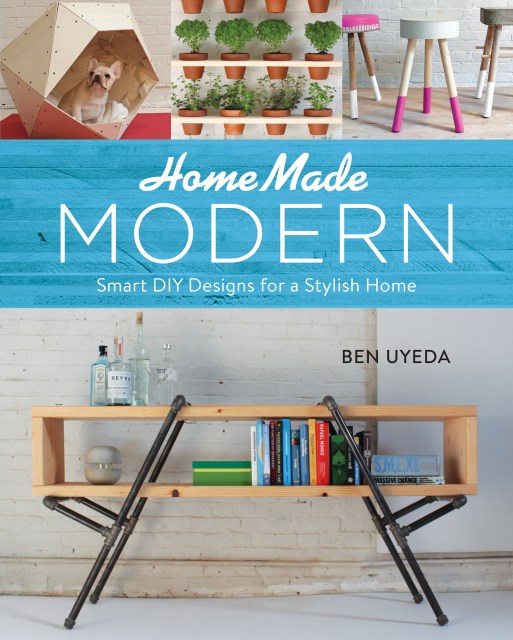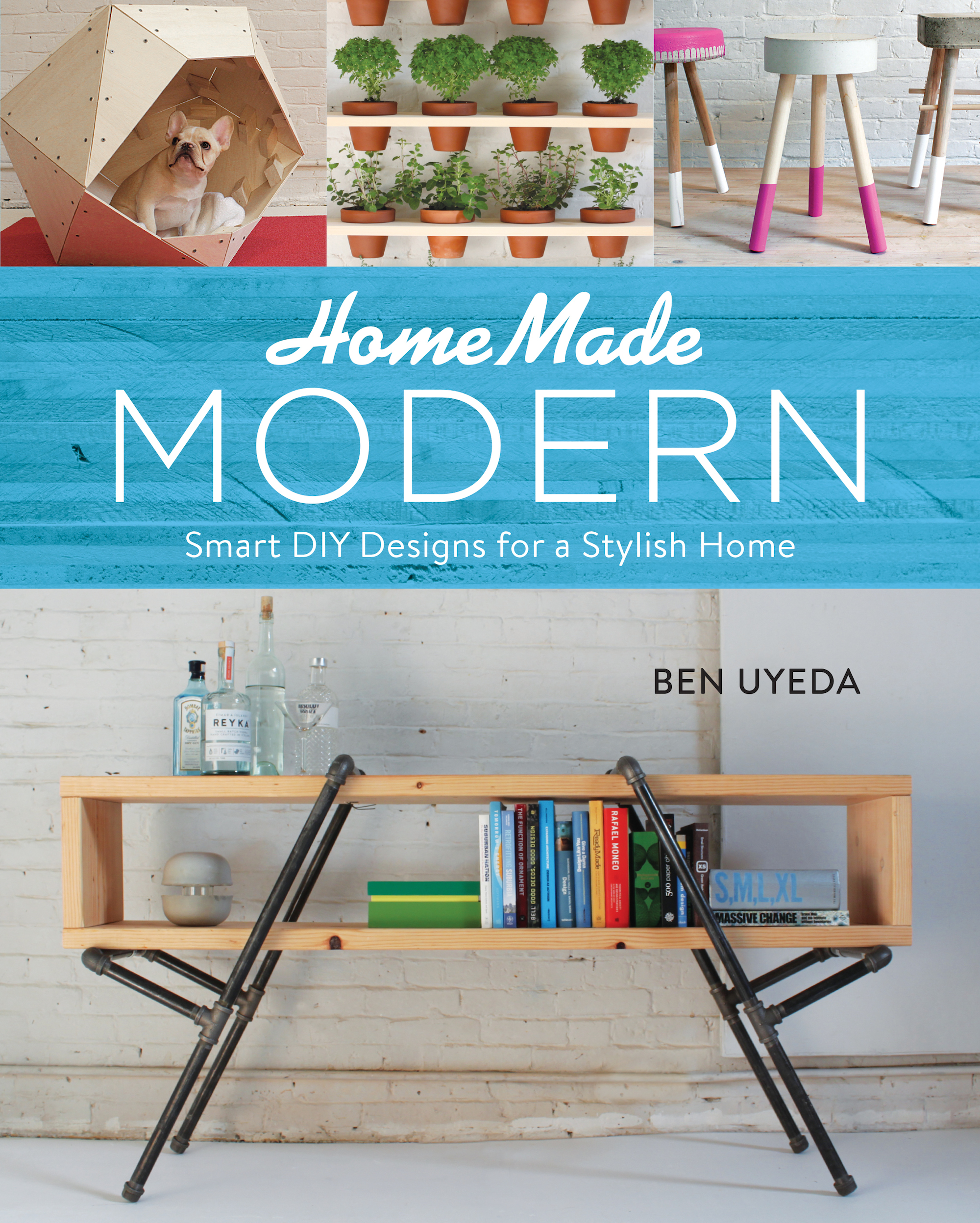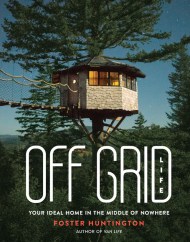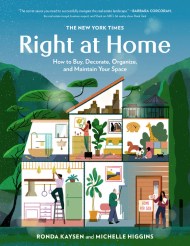Promotion
Use code MOM24 for 20% off site wide + free shipping over $45
HomeMade Modern
Smart DIY Designs for a Stylish Home
Contributors
By Ben Uyeda
Formats and Prices
Price
$14.99Price
$19.99 CADFormat
Format:
ebook $14.99 $19.99 CADThis item is a preorder. Your payment method will be charged immediately, and the product is expected to ship on or around November 17, 2015. This date is subject to change due to shipping delays beyond our control.
Also available from:
Projects include:
- Concrete kitchen island
- Herb garden wall with ceramic pots
- Wood pendant lamps
- Plywood coffee table
- Ironbound bookcase
- Platform Bed
- Geometric dog house
- Concrete kitchen island
Genre:
-
"HomeMade Modern will walk you step-by-step through the process of making furniture, from where to buy the materials (or where to scavenge!) to how to make the most of the tools you own. All you need is a sense of adventure to make furniture that looks amazing and that you can actually afford. As much fun to browse through as it is 'user friendly' to apply, HomeMade Modern is very highly recommended."
—Wisconsin Bookwatch
"[Uyeda] fervently believes in the reuse, recycle, or do-without doctrine, and his 30 designs for every room in the house (and outside as well) prove it... The instructions are detailed and illustrated, complete with tool icons for each step and answers to such questions as: What can go wrong? Are there alternatives? What if you don't want it anymore? Smart and practical DIY household ideas from an entrepreneur who started with a how-to YouTube video."
—Booklist
- On Sale
- Nov 17, 2015
- Page Count
- 216 pages
- Publisher
- Running Press
- ISBN-13
- 9780762456079
Newsletter Signup
By clicking ‘Sign Up,’ I acknowledge that I have read and agree to Hachette Book Group’s Privacy Policy and Terms of Use







